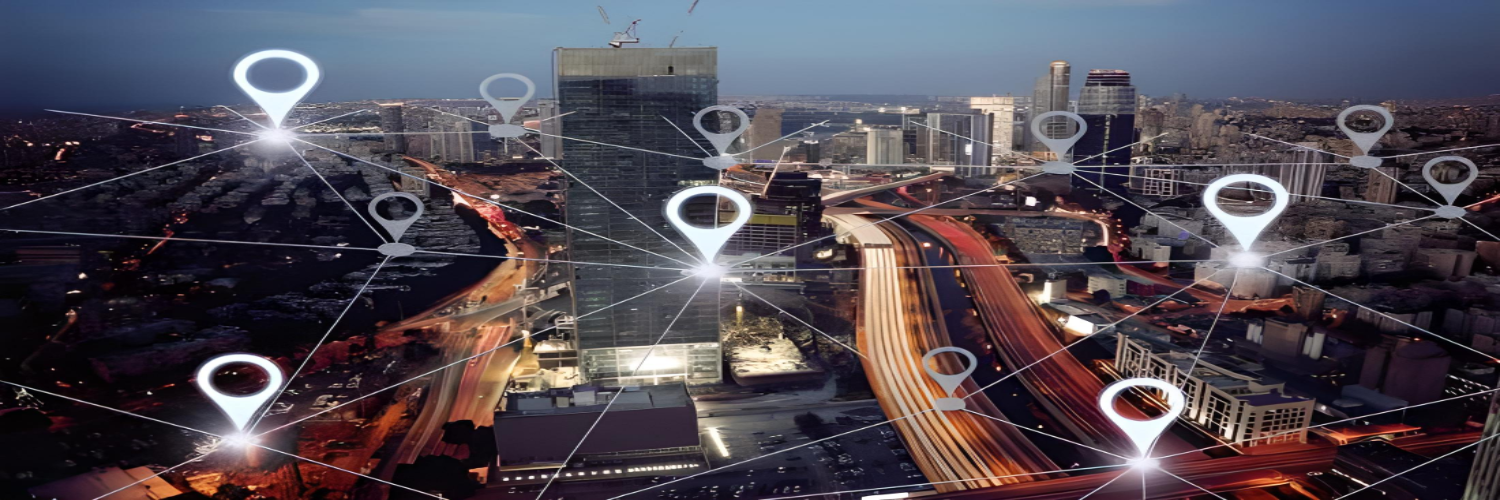Impact of 24/7 Imaging Technologies on Surveillance and Security
In this article, we will talk about the transformative role of 24/7 imaging technologies in surveillance and security applications. With advances in camera technologies, real-time monitoring and continuous visual data capture have become possible, revolutionizing the way we perceive and deliver security. It also examines case studies from various industries, highlighting the positive impact of these technologies on crime prevention, emergency response and public safety.
The availability of 24/7 imaging technologies has the potential to significantly enhance visual experiences in various domains. Here are a few ways in which these technologies can contribute to improving visual experiences:
Surveillance and Security: 24/7 imaging technologies, such as CCTV cameras and advanced surveillance systems, enable continuous monitoring of public spaces, residential areas, and critical infrastructure. This enhances security by providing real-time visual information for threat detection, crime prevention, and emergency response.
Remote Monitoring and Control: With 24/7 imaging, remote monitoring and control systems can provide constant visual feedback from various environments. This is particularly useful in industries like manufacturing, transportation, and energy, where continuous monitoring of processes, equipment, and infrastructure is crucial for efficiency, safety, and maintenance.
Entertainment and Media: 24/7 imaging technologies can enhance the entertainment and media industry by capturing and delivering high-quality visuals continuously. For example, live streaming platforms can leverage these technologies to provide real-time coverage of events, concerts, and sports matches, offering immersive experiences to viewers around the world.
Personal Safety and Well-being: Wearable cameras and monitoring devices equipped with 24/7 imaging capabilities can enhance personal safety and well-being. For instance, in emergency situations or outdoor activities, these technologies can capture and transmit visuals, enabling prompt assistance and enhancing situational awareness for individuals.
Augmented and Virtual Reality: 24/7 imaging technologies can contribute to augmented and virtual reality experiences by providing a continuous stream of visual data. This can be leveraged to create more immersive and interactive virtual environments, where users can seamlessly integrate virtual elements with the real world.
Transportation and Navigation: Visual information plays a critical role in transportation and navigation systems. 24/7 imaging technologies can enhance navigation by providing real-time visual updates on traffic conditions, road hazards, and weather, allowing for more efficient route planning and safer journeys.
Healthcare and Telemedicine: In the healthcare sector, 24/7 imaging technologies can aid in remote patient monitoring, telemedicine consultations, and medical imaging. By providing continuous visual data, healthcare professionals can remotely assess patients' conditions, offer timely advice, and make informed decisions about their care.
It's worth noting that the implementation of 24/7 imaging technologies should consider privacy and ethical considerations, ensuring that data collection and usage align with legal and ethical frameworks to safeguard individuals' rights and privacy.

